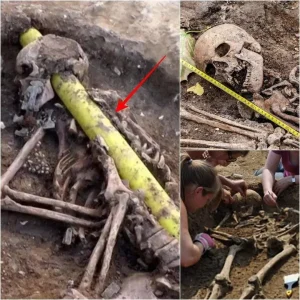Luka Modrić, the timeless Croatian maestro of Real Madrid, is once again at the center of the football world’s speculation. As whispers grow louder that Modrić could be eyeing a move to AC Milan, the news sends shockwaves through fans and pundits alike. At 38, many expected Modrić to either hang up his boots at the Santiago Bernabéu or take a well-earned final payday in the Middle East or Major League Soccer. But the idea of the veteran midfielder joining Milan—one of Europe’s sleeping giants—adds a bold new twist to the final act of his storied career.
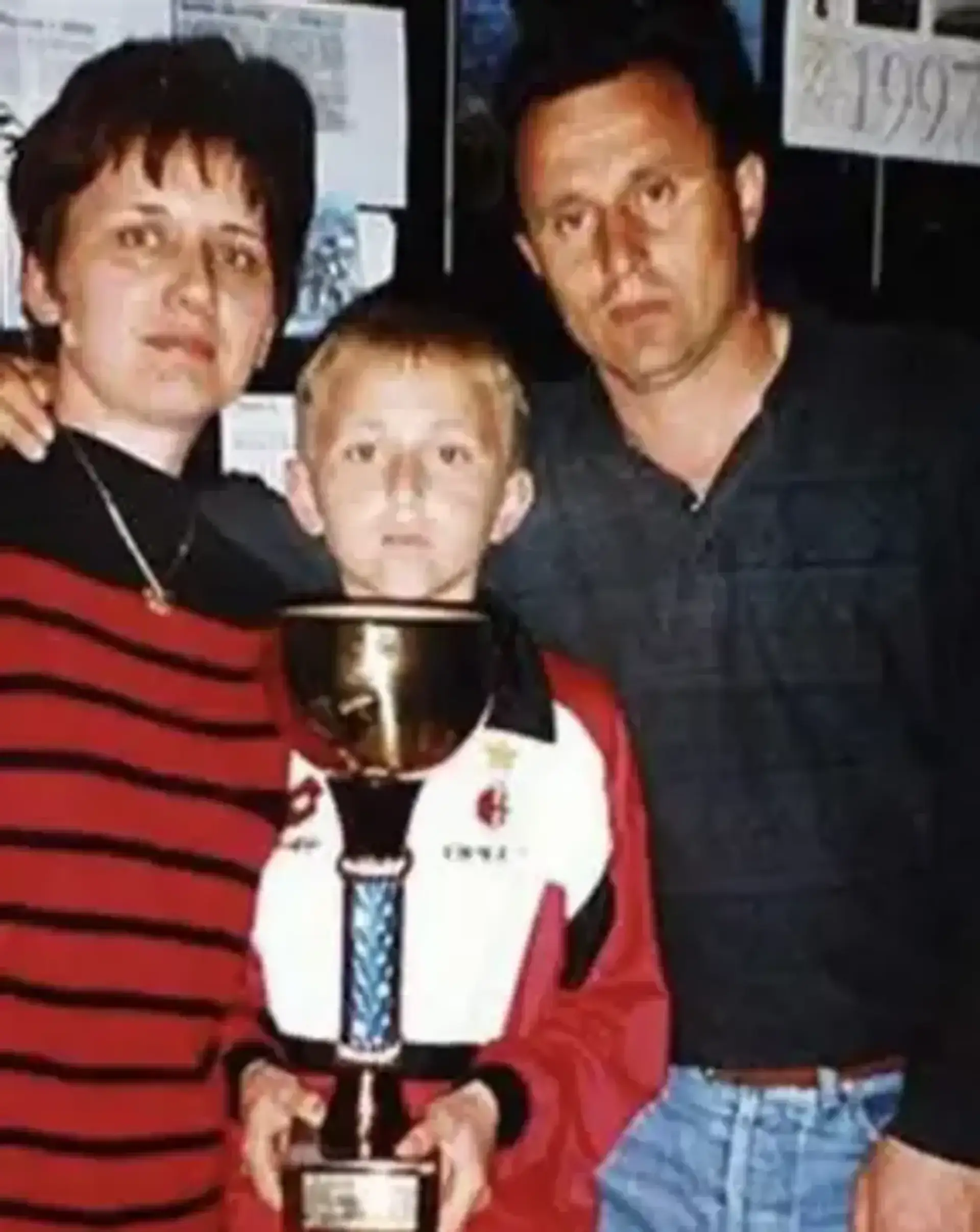
For Modrić, the appeal of Milan is both practical and emotional. The Italian club is in the midst of a rebuilding project, and their reliance on technical midfielders fits perfectly with his enduring style of play. Serie A, known for its tactical nuance and slower tempo compared to La Liga or the Premier League, could provide the ideal setting for a player whose intelligence, vision, and control remain elite even as his physical attributes wane. Milan, having qualified for European competition and showing signs of upward momentum, offers Modrić the chance to continue competing at a high level, surrounded by a younger generation he can help guide.
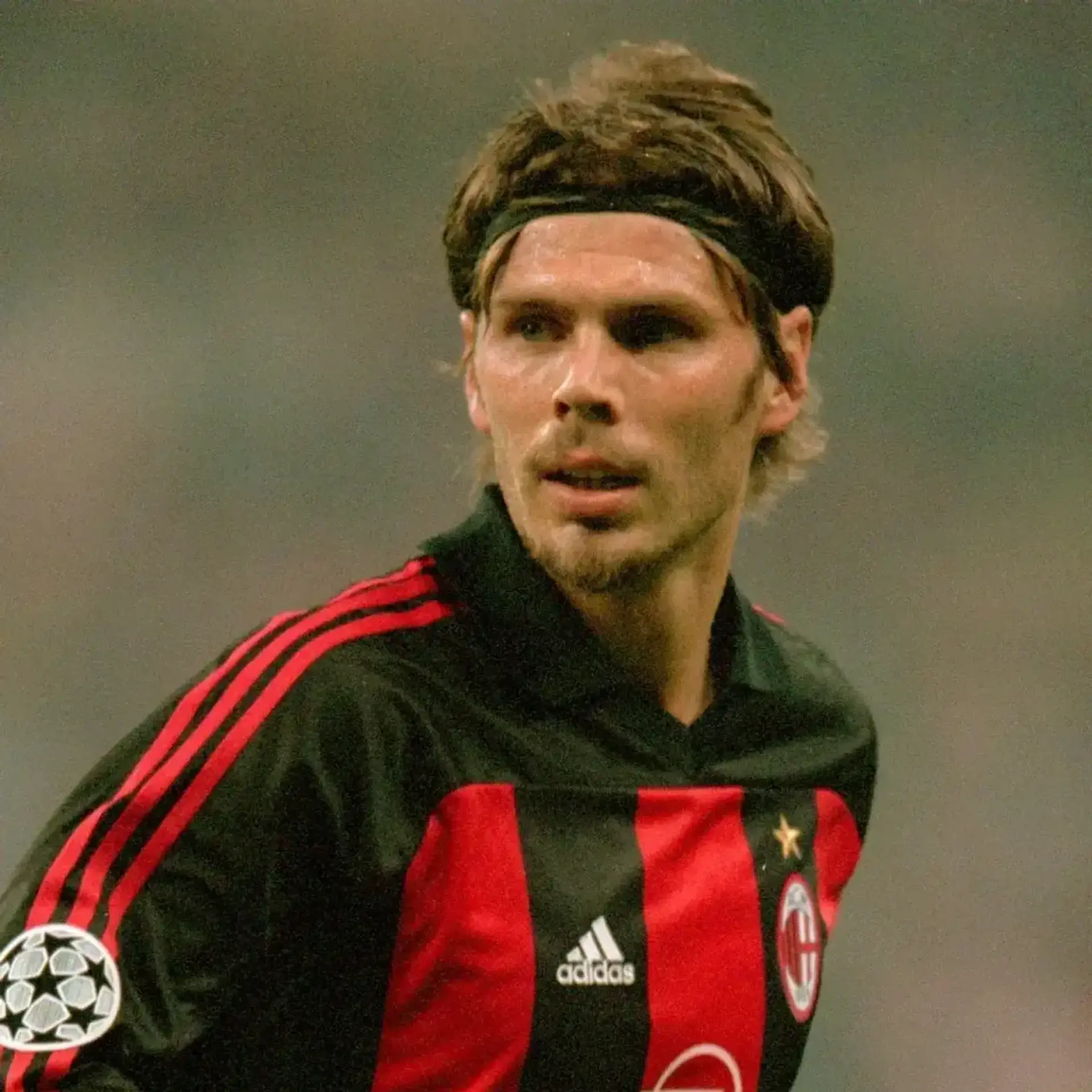
But beneath the surface of football logic lies a deeper, more poetic motivation—one that makes this potential move even more compelling. Modrić has reportedly been drawn to the idea of honoring one of his earliest influences in football: Zvonimir Boban, a fellow Croatian legend who became a Milan icon in the 1990s. For Modrić, a move to Milan isn’t just another transfer—it could be a symbolic full-circle moment. Boban’s graceful dominance in Milan’s midfield, his leadership, and his cultural impact on both club and country helped inspire a young Modrić to dream big. Following in those footsteps could be seen as a tribute, a final homage from one Croatian great to another.
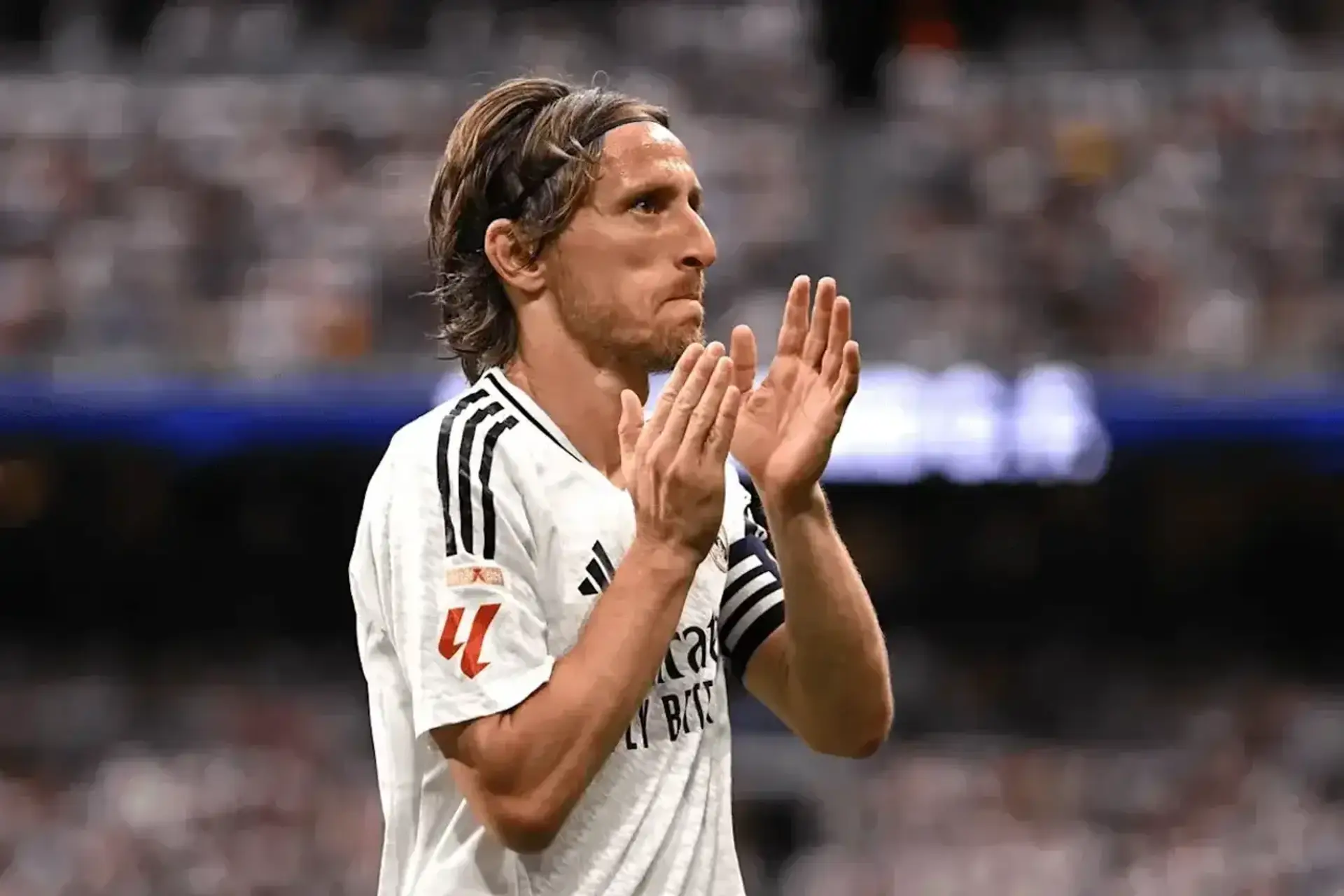
This emotional thread, connecting Real Madrid’s present to AC Milan’s past, may be the strongest force pulling Modrić toward the San Siro. And in doing so, it would also bridge two of Europe’s most storied clubs—each with rich histories and passionate fanbases but very different recent trajectories. For Madridistas, the idea of Modrić in red and black is hard to swallow. He has become a symbol of elegance and endurance in the white shirt, a player who defined an era that brought five Champions League titles and countless magical moments. To see him don the kit of another European giant would be jarring, if not heartbreaking.
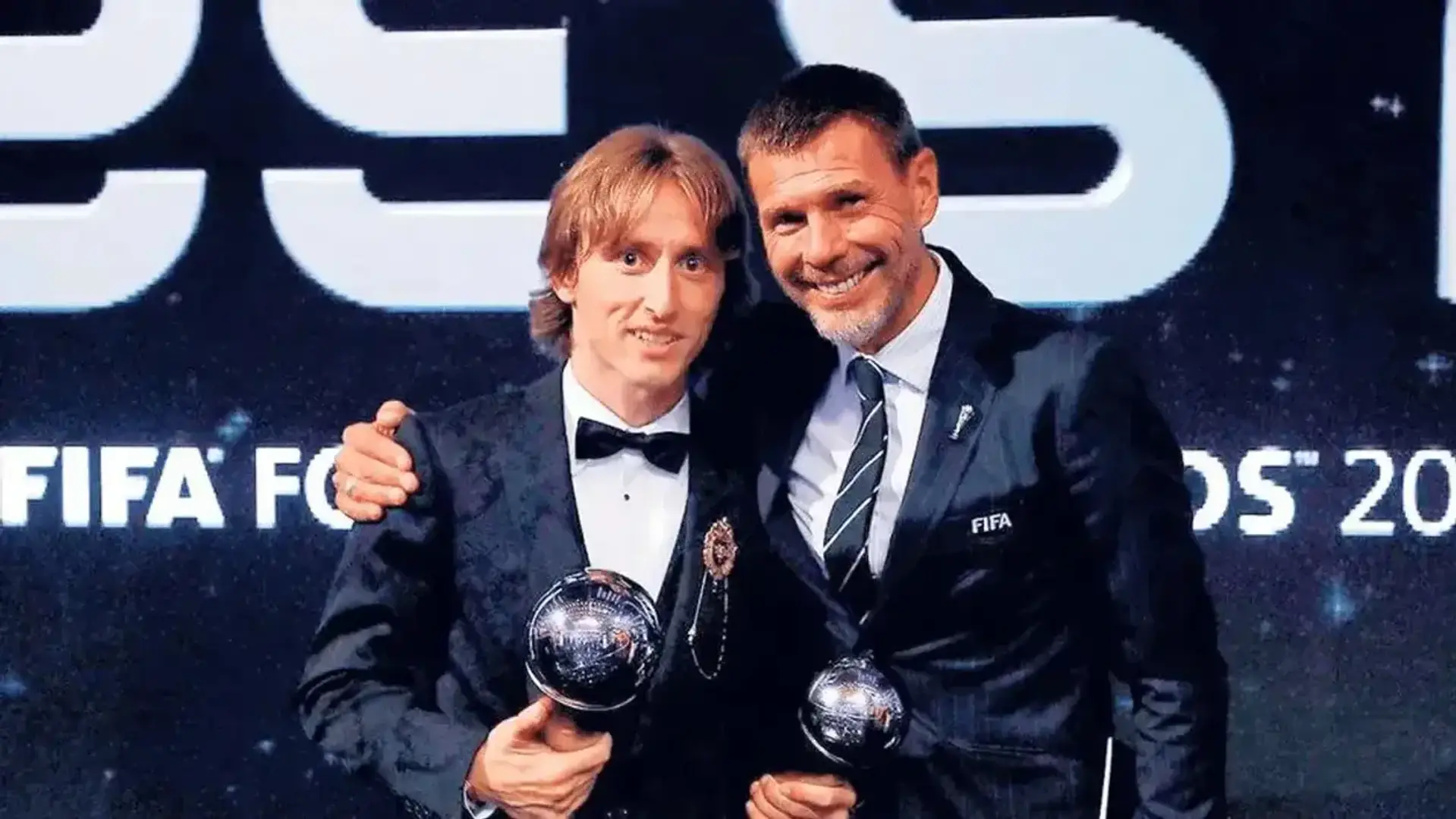
Yet Modrić has never been afraid of change. His arrival at Madrid from Tottenham in 2012 was met with skepticism, and now he is enshrined as one of the club’s greatest midfielders of all time. His capacity to evolve, adapt, and lead by example has kept him relevant even as younger stars have emerged. And now, as Real Madrid transitions into a new era—bolstered by Jude Bellingham, Federico Valverde, Eduardo Camavinga, and Aurélien Tchouaméni—Modrić’s role is inevitably diminishing.
Rather than fade into the background or linger out of sentimentality, Modrić seems to be considering an exit that honors both his legacy and his ambition. Milan could be the perfect canvas for one last masterpiece, a place where his talents would still be deeply valued and his experience could have an outsized influence.
For AC Milan, the acquisition of Modrić would be more than a signing—it would be a statement. It would signal to the football world that Milan is still capable of attracting world-class talent and that the club honors its past while investing in its future. It would also be a rallying point for fans who have longed to see their team return to the European elite.
As of now, nothing is official. But if Modrić chooses Milan, it would be a twist steeped in history, nostalgia, and competitive fire. It would be the kind of late-career decision that reminds us football is more than just tactics and transfers—it’s a story, written in chapters, and Modrić may be preparing to turn one final, unforgettable page.




